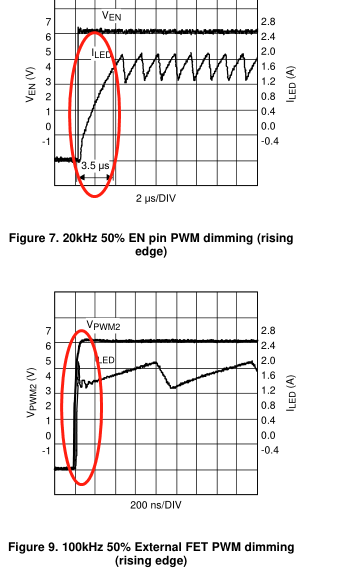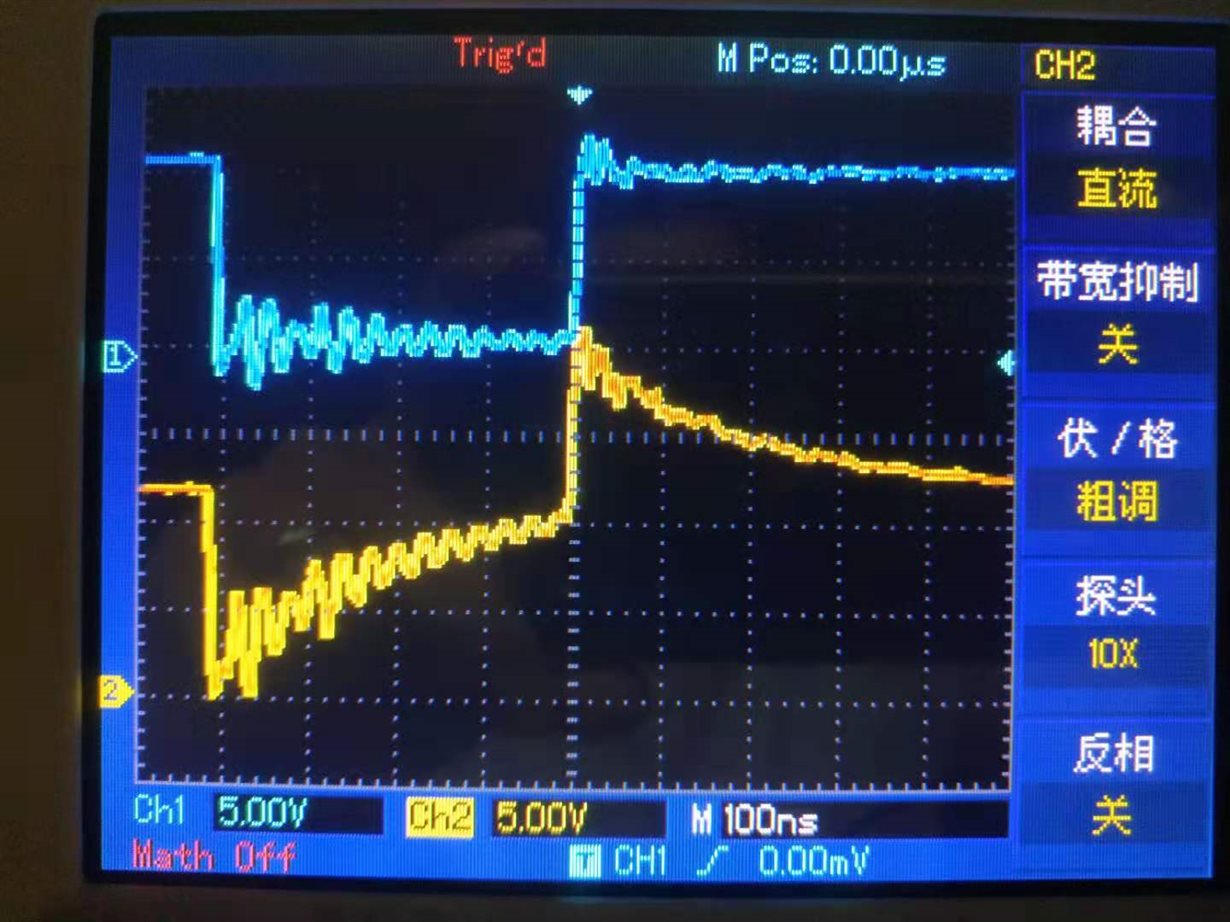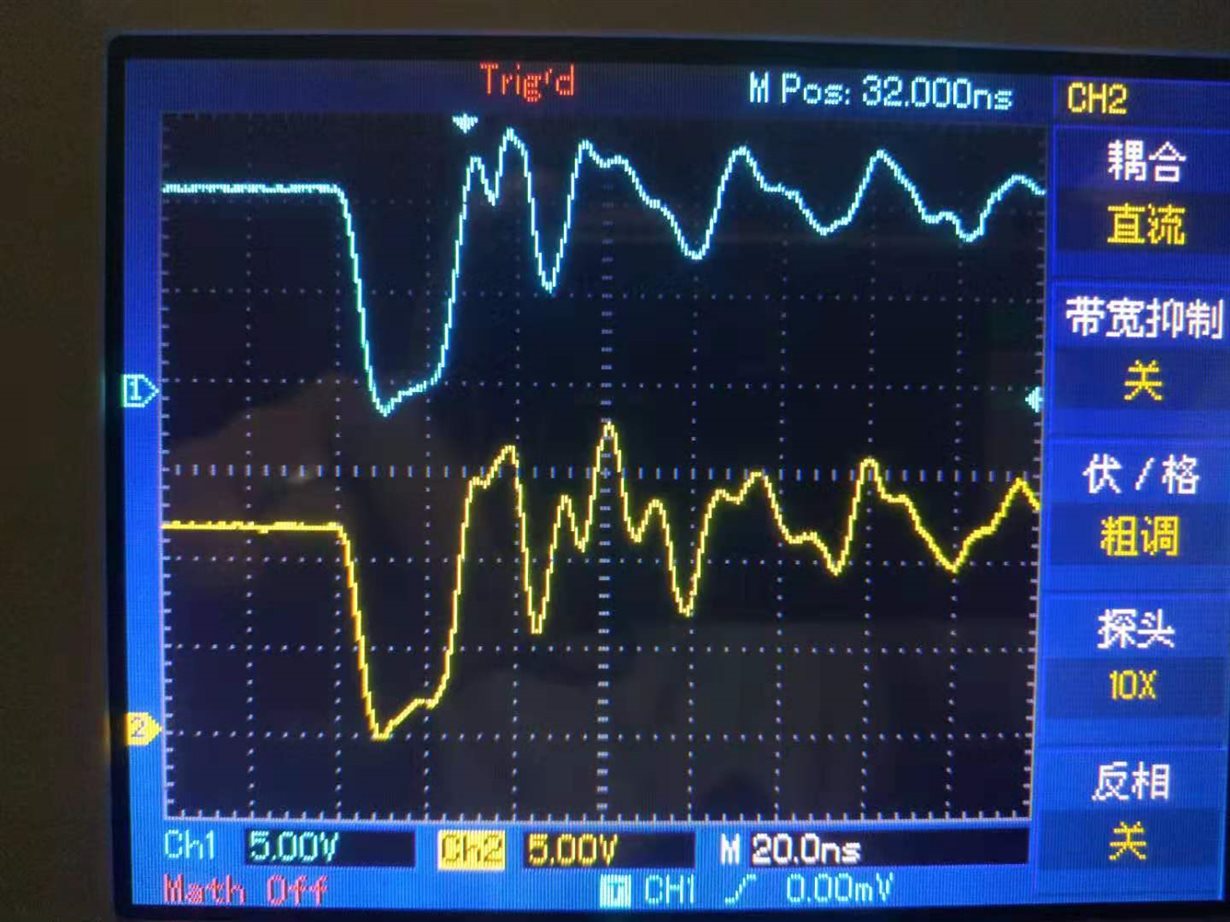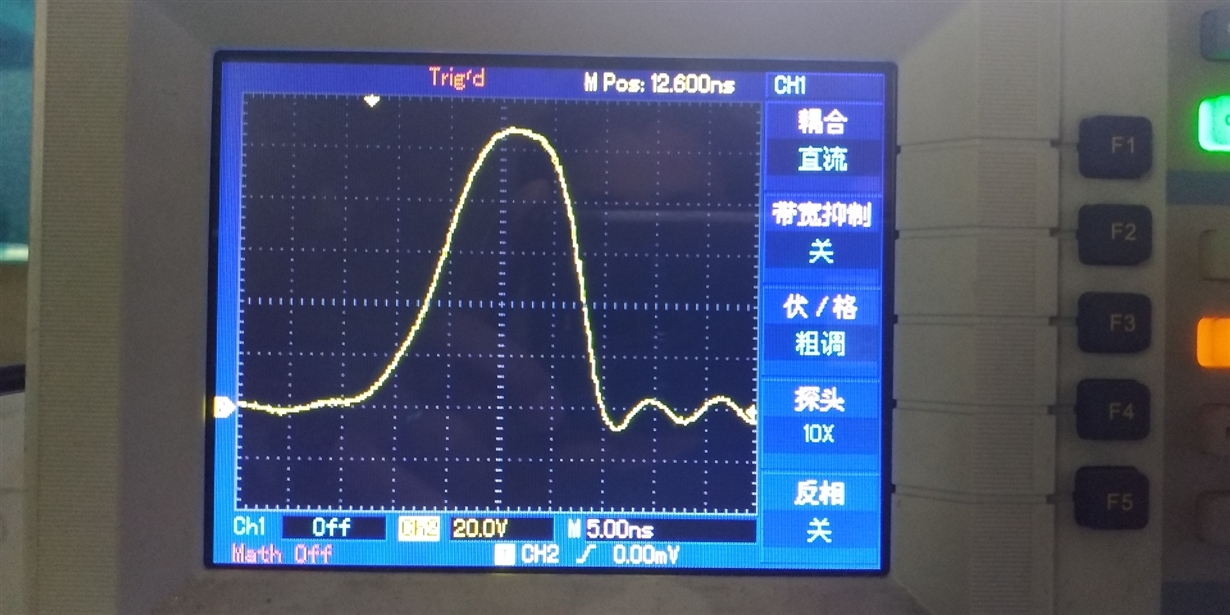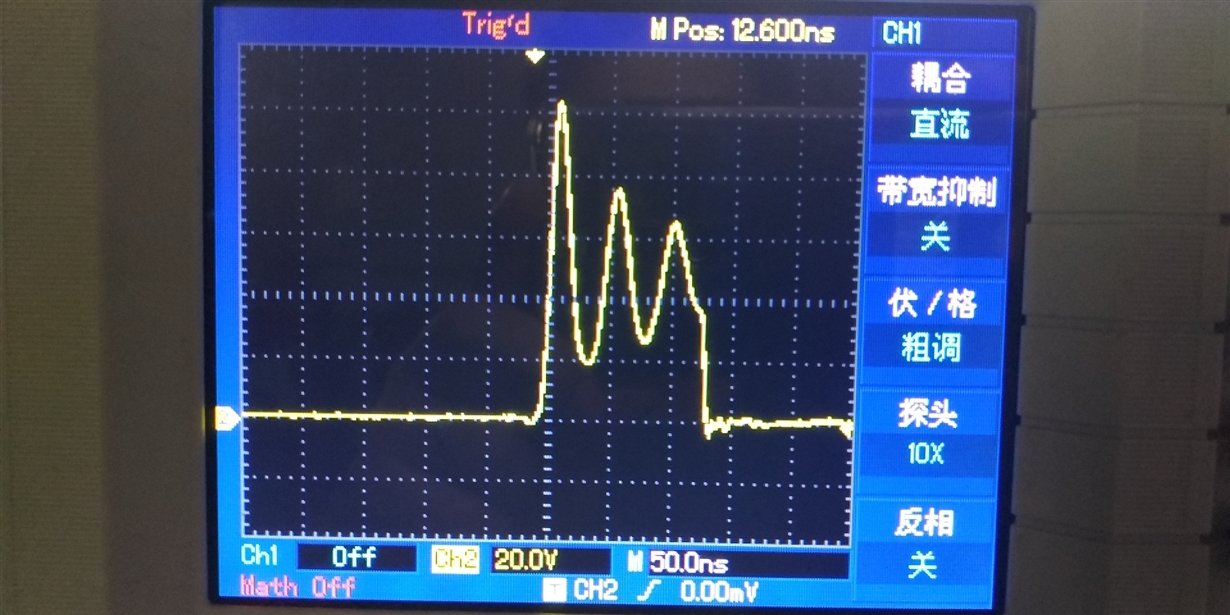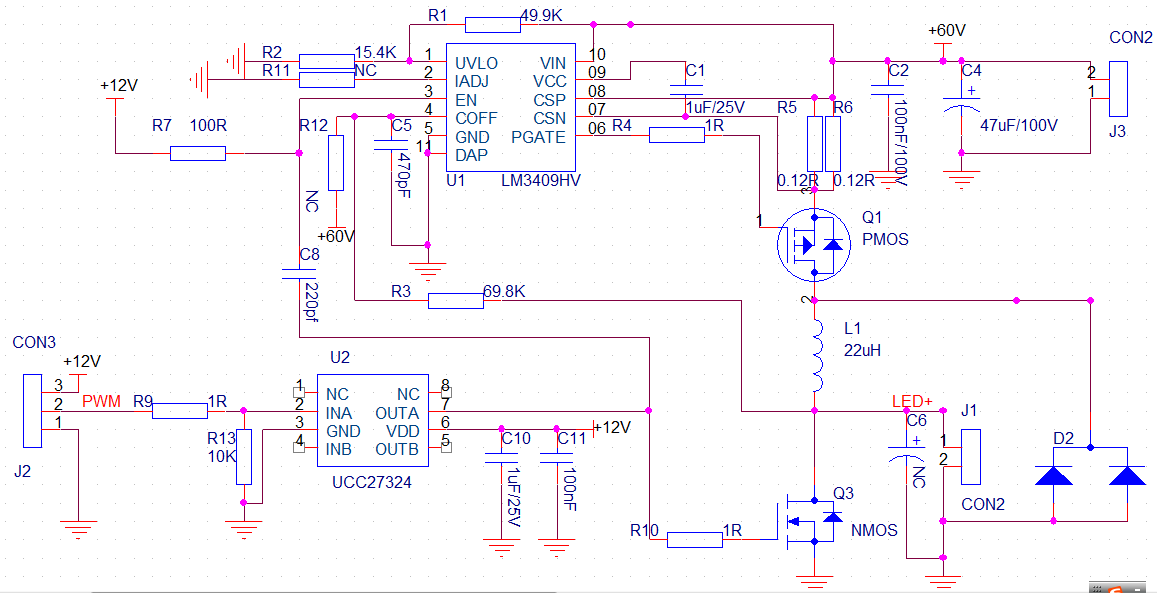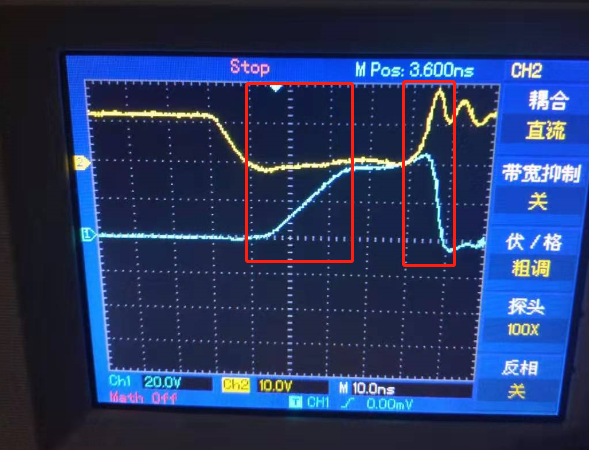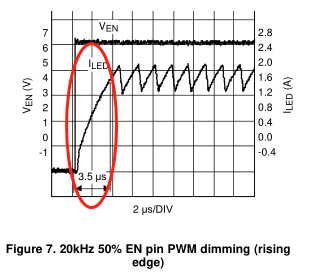Tool/software: WEBENCH® Design Tools
hello,this is a sch from Figure 4. External shunt FET dimming circuit with EN pin coupling of AN-1953 LM3409HV Evaluation Board .I found the EN level is same as R1. EN low levels means system should shutdown.I have two questions.
1:C9 is not used for Bootstrap circuit?
2:How to understand FET dimming working with system shutdown?



